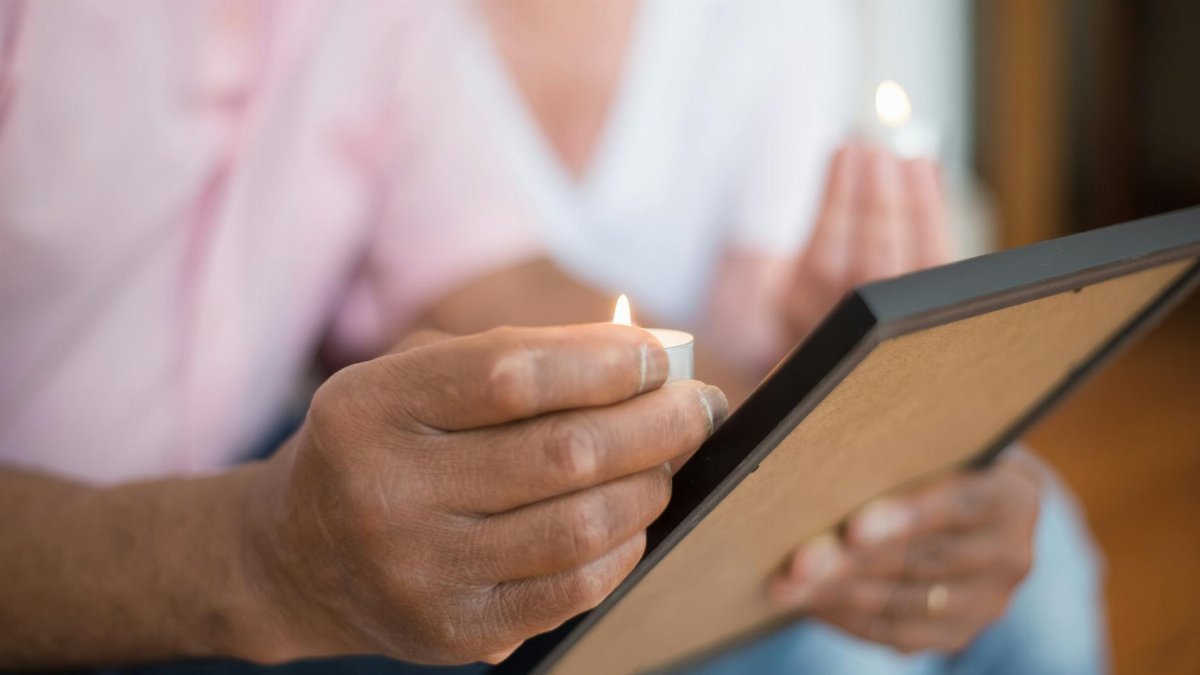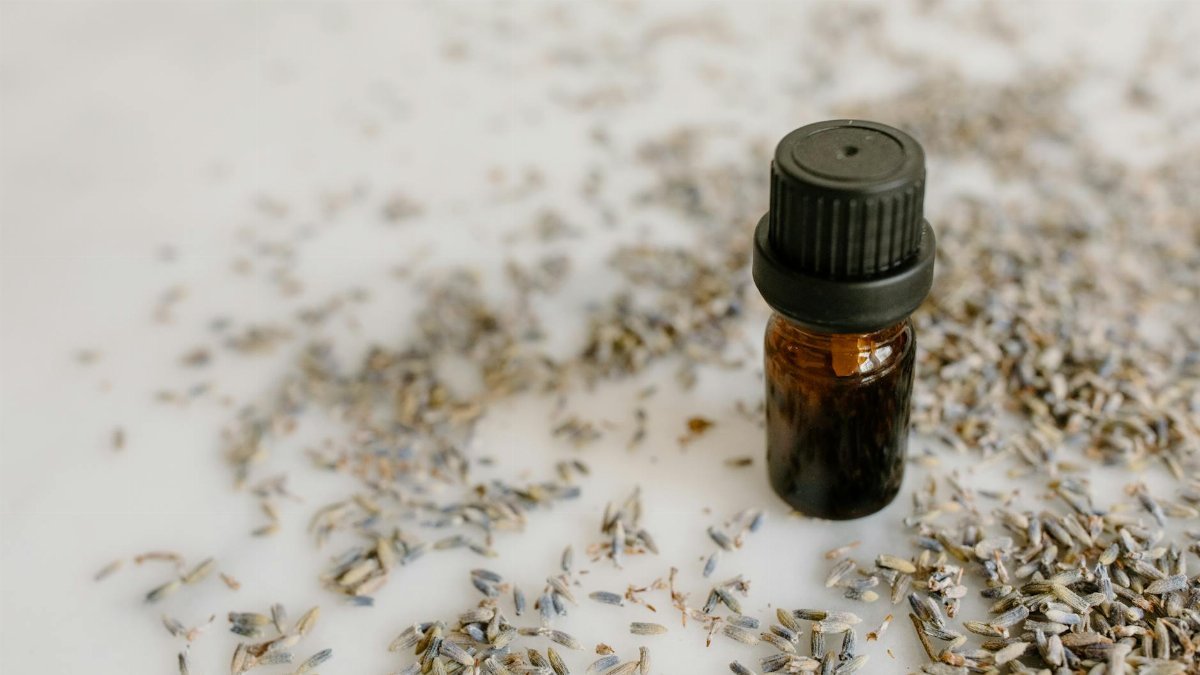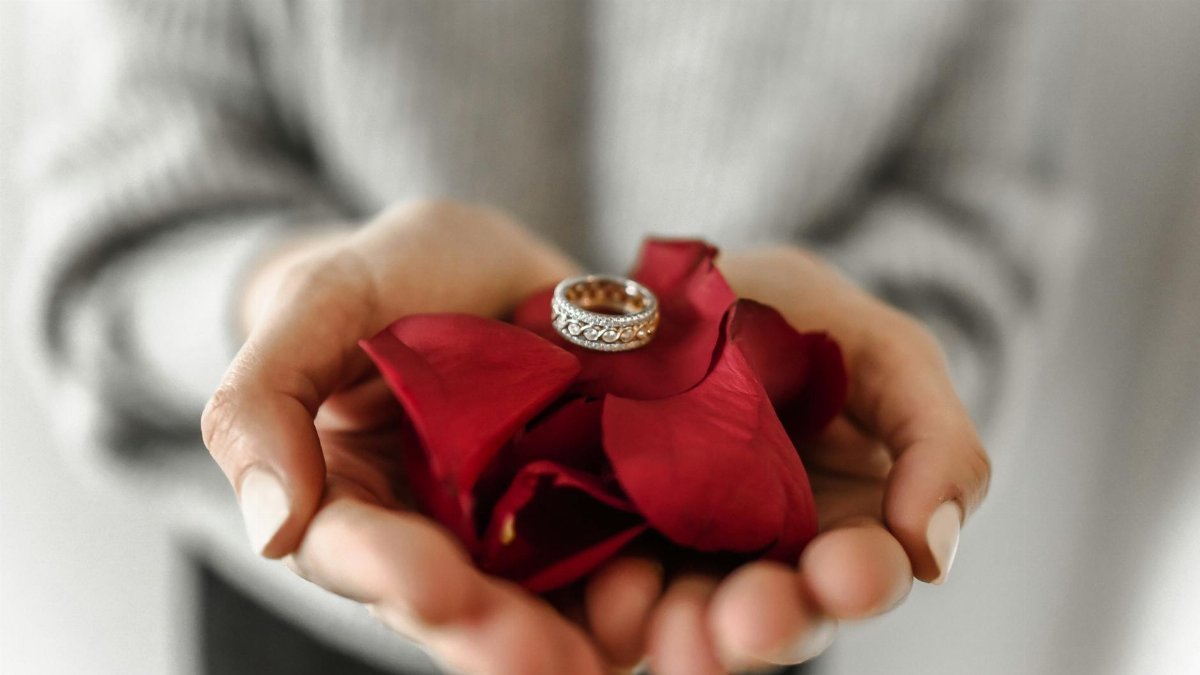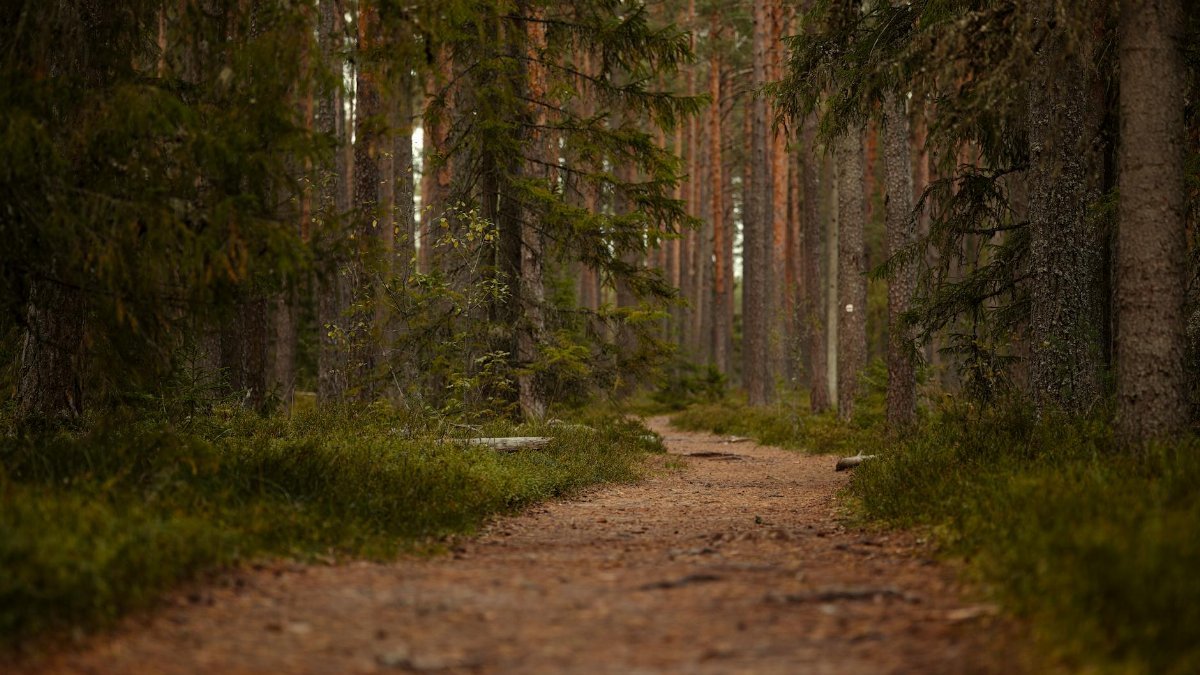Imagine a quiet room, the air tinged with the earthy scent of sandalwood, as a small group gathers for a moment of reflection. One person reaches for a vial of oil, dabbing it gently on their wrists, murmuring words of intention. This scene, increasingly common across the United States, captures the growing fascination with sacred oils uses. These oils—long revered in spiritual traditions worldwide—are finding new life in modern practices. From calming the mind to marking personal milestones, their applications resonate with a deep human need for connection and meaning. As more Americans seek ways to ground themselves in a chaotic world, sacred oils offer a tangible link to ancient rituals. This isn’t just a trend; it’s a quiet return to something timeless. Let’s uncover 12 sacred oils and the spiritual purposes they serve, exploring how they weave into lives today.
1. Frankincense: The Ancient Resin of Reverence

Frankincense, with its woody, resinous aroma, has been a cornerstone of spiritual practice for millennia. Often associated with religious ceremonies, it’s said to elevate the spirit and deepen meditation. In many U.S. homes today, people burn frankincense oil in diffusers during prayer or quiet reflection, seeking clarity amid daily stress. A 2019 study from the National Center for Biotechnology Information notes its potential to reduce anxiety through its active compounds, which may explain its calming allure. Picture a tired parent in suburban Ohio, lighting a diffuser after a long day, letting the scent wash over them as a small act of sacred pause.
2. Myrrh: A Balm for Healing and Remembrance

Myrrh, another ancient resin, carries a bittersweet, grounding scent. Historically tied to mourning and healing, it’s often used in rituals to honor loss or seek emotional restoration. Today, some Americans blend myrrh oil with a carrier like jojoba, applying it during moments of grief or transition. Its therapeutic properties are backed by research, including a 2020 review from the NCBI, highlighting its anti-inflammatory effects. Beyond the physical, myrrh’s spiritual weight offers solace, a way to process what words can’t capture.
3. Sandalwood: Grounding in a Restless World

What is it about sandalwood that feels like coming home? Its warm, creamy fragrance is a staple in meditation spaces, used to anchor wandering minds. In 2025, as mindfulness practices surge, sandalwood oil is often dabbed on pulse points before yoga or journaling. Studies, such as one from the National Institutes of Health, suggest its aroma can lower stress responses. For many, it’s less about science and more about the ritual—a moment to breathe deeply and reset.
4. Lavender: Peace in a Bottle

Lavender oil needs little introduction. Its floral, calming scent is a go-to for easing tension, often used in bedtime rituals to invite restful sleep. Spiritually, it’s tied to purification and peace, with some using it to cleanse spaces of negative energy. A drop on a pillow or in a bath transforms the mundane into something intentional. Research from the Mayo Clinic supports its role in reducing anxiety, aligning with its widespread use in spiritual self-care across the U.S.
5. Rose: The Essence of Love and Devotion

Rose oil, distilled from delicate petals, embodies love and emotional openness. Often used in rituals of self-compassion or to honor relationships, it’s applied to the heart center during affirmations. Its high cost reflects its potency—just a drop can shift a mood. In urban centers like New York, small vials are cherished for personal ceremonies, a reminder of tenderness in a harsh world. The scent alone can evoke memories of care, making it a powerful tool in sacred oils uses.
6. Cedarwood: A Connection to the Earth

Cedarwood oil, with its deep, forest-like aroma, is often used to foster a sense of stability. Indigenous traditions have long valued cedar for purification, and today, many Americans use it in smudging alternatives, blending it into sprays for home cleansing. Its grounding effect is palpable—imagine a Seattle artist misting their studio before creating, seeking inspiration rooted in nature. Cedarwood’s role in spiritual practice is as much about place as it is about scent.
7. Palo Santo: Clearing the Air

Palo santo, often called “holy wood,” has surged in popularity for its cleansing properties. Though traditionally burned as wood, its essential oil is now used in diffusers or diluted for personal anointment. In California wellness circles, it’s a staple for clearing stagnant energy after conflict or change. One anonymous online account described feeling “lighter” after using palo santo oil during a tough move, a sentiment echoing many. Its sharp, citrusy warmth cuts through emotional fog with startling clarity.
8. Patchouli: Embracing the Unconventional

Patchouli oil, with its musky, polarizing scent, often evokes the free-spirited 1960s. Spiritually, it’s tied to abundance and grounding, used in rituals to attract prosperity or balance energies. Some in the U.S. South mix it into homemade candles for intention-setting. Its bold aroma isn’t for everyone, but for those drawn to it, patchouli becomes a signature of personal power, a way to stand apart while staying rooted.
9. Ylang-Ylang: Opening the Heart

Ylang-ylang, with its sweet, floral intensity, is often linked to emotional release and sensuality. In spiritual contexts, it’s used to heal old wounds or foster connection, sometimes blended into massage oils for partnered rituals. A few drops in a diffuser can shift the energy of a room, inviting vulnerability. For many experimenting with sacred oils uses, ylang-ylang offers a bridge to emotions long buried, a gentle nudge toward healing.
10. Eucalyptus: Renewal Through Breath

Eucalyptus oil, sharp and medicinal, is best known for clearing sinuses, but its spiritual use centers on renewal. Often used in baths or inhalations during times of transition, it’s said to wash away mental clutter. Picture a Chicago teacher, exhausted after a semester, soaking with eucalyptus oil to reset for the new year. Its invigorating scent doubles as a call to start fresh, aligning body and spirit.
11. Bergamot: Uplifting the Spirit

Bergamot, a bright citrus oil, is often associated with joy and emotional lightness. In spiritual practice, it’s used to dispel gloom, sometimes dabbed on wrists before facing a tough day. Its sunny disposition feels like a small rebellion against despair. In 2025, as mental health remains a national conversation, bergamot’s role in sacred oils uses grows, offering a simple way to lift the weight of routine struggles.
12. Vetiver: Finding Stillness

Vetiver oil, earthy and smoky, is less known but deeply powerful. Often called the “oil of tranquility,” it’s used to calm overactive minds, especially during meditation or before sleep. A few drops on bedding can create a cocoon of stillness. For a busy professional in Atlanta, vetiver might be the anchor after endless Zoom calls, a reminder that peace isn’t out of reach. Its subtle strength rounds out this list with quiet resolve.
These 12 sacred oils, each with distinct aromas and purposes, reflect a broader cultural turn toward intentional living. From frankincense’s ancient reverence to vetiver’s understated calm, their uses span personal and communal rituals. They aren’t magic, but they carry weight—reminders to pause, to feel, to connect. As more Americans weave sacred oils uses into their lives, the practice feels less like a trend and more like a return to something essential. Whether it’s a drop on the skin or a scent in the air, these oils offer a way to mark moments that matter, grounding us in a world that often pulls us apart.
Disclaimer
The content on this post is for informational purposes only. It is not intended as a substitute for professional health or financial advice. Always seek the guidance of a qualified professional with any questions you may have regarding your health or finances. All information is provided by FulfilledHumans.com (a brand of EgoEase LLC) and is not guaranteed to be complete, accurate, or reliable.
